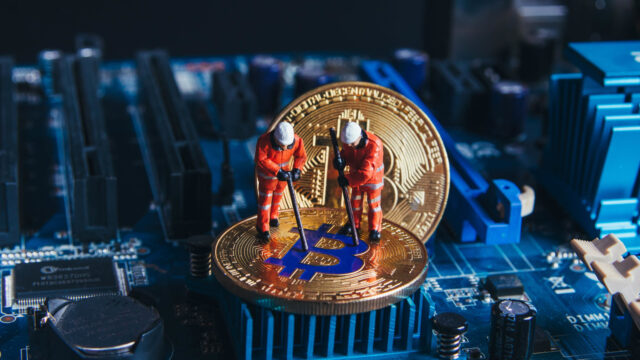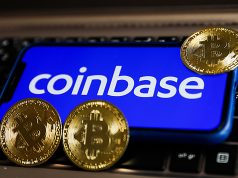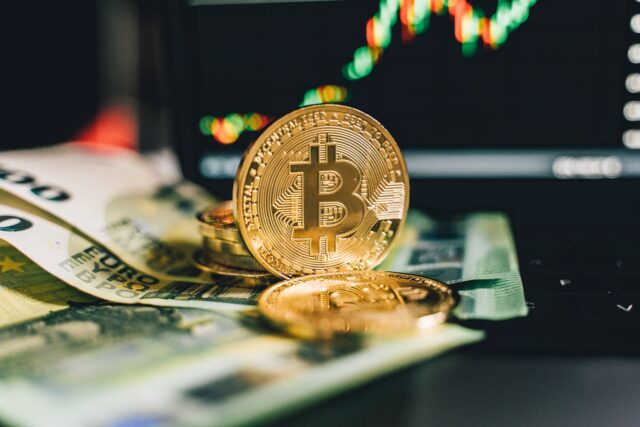
Despite the fact that bitcoin and the rest of the bitcoins are around 10 years old, there is so much people still do not know about them. The situation in the world is such that more and more average people become interested in investing and a far greater fan base exists that a few years back. The constant rise in value and the improving conditions in which these digital currencies are being used led to a whole new wave of investors in the recent year who have managed to elevate bitcoin to new heights.
The most important thing about the whole business of cryptos, or at least when it comes to understanding how they work and what one can expect from them, are transactions. While they may be similar to the regular traditional transactions you have been using your whole life in the form of electronic payment, bank transfers, and credit cards, considering how different the technology of cryptos are there is an abundance of information an average user and consumer lacks.
With these here article we decided to help all of those who want to know more about bitcoin transactions. More precisely, we will be talking about the time it takes to receive bitcoin and why that is exactly. Make sure to read thoroughly if you wish to learn all there is. Furthermore, make sure to check out marketbusinessnews.com if you want to find out additional info about bitcoin and how to buy it.
What Determines the Speed?
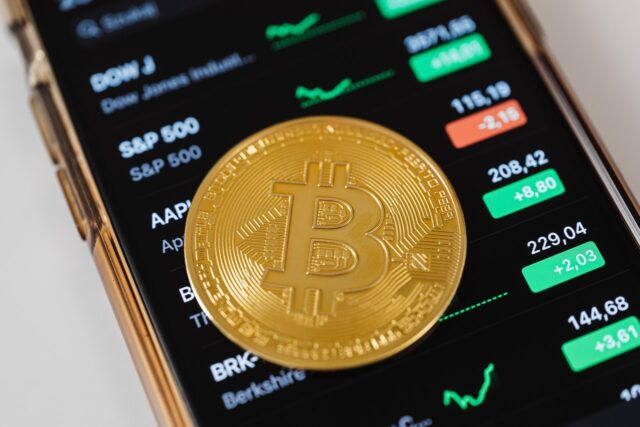
Learning how long it takes is not all there is to it. You see, there are several factors that determine the transaction speed of an average transfer of bitcoin. The differences in speed range from a few minutes, to a few hours, to days. While on average this is still faster than most other money you are receiving right now, you have to know what makes the transactions so diverse so that you can make all the efforts possible to shorten the waiting period.
First things first, the amount of current network activity at the moment of transaction directly influences the speed at which you will receive your bitcoin balance. There are countless transactions being processed each day and the higher number the slower the system can operate. The number of miners processing the transactions also dictates the speed, and there is only a certain amount of them who can operate on a 1 MB block.
Right now, bitcoin is experiencing it highest amount of coverage and popularity. Therefore, there are more transactions than ever so the overall speeds will be slightly slower than average. The bitcoin mempool is a massive backlog que of blocks waiting to be processed, so the more transactions arrive the longer the waiting time. The size of this mempool changes based on the transactions coming in. There are different wait times therefore, while transaction priority and fees also exist.
Mining of bitcoin, which is practically adding blocks to the blockchain, requires resources. A lot of power is consumed by the computers that are doing the work, which in itself is expensive technology to begin with. Not every computer has enough computational power to operate at optimal levels so additional hardware components are needed. Then there is the effort and time put in too, resulting in a very bothersome chore that is definitely not for everyone. To keep all of that afloat and to help maintain the network and the blockchain itself, there are minimal fees involved that can be connected to the prioritization of a transaction. Basically, the more you decide to pay the miners in fees the faster your balance will arrive. The lower the fee you agree upon the more you will wait.
The amount of fees is measured in Satoshis per byte. A Satoshi is a hundred millionth of a single BTC, and therefore practically insignificant. They are not necessary but if time is of the essence, your safest bet is to include a little bit of it for the miners and get your bitcoin transaction processed faster. Users who create the blocks that have to be mined set the fees. They often rise and fall based on the volatility of bitcoin’s worth. Higher fees will always have the right of passage over minimal or no fees.
Confirmation of Transactions
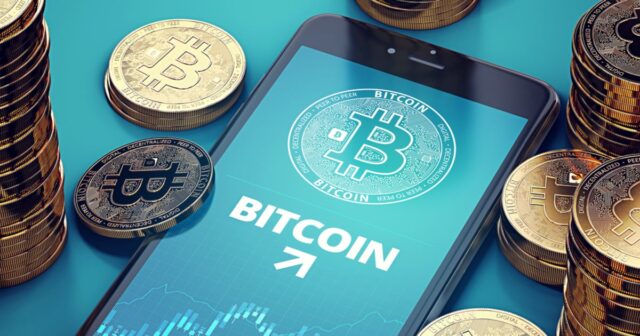
As mentioned, you could wait a single minute, or an hour, or a few days. Once the things are in motion, you will get at least one confirmation of your transaction. Then the miner processes the block that contains your very own transaction, it will become confirmed. For transactions worth less than $1,000, a single confirmation is customary. For those that are worth between $10,000 and $1,000,000 there will be six confirmations. Above $1,000,000 and beyond, for increased safety and security reasons, there are as many as sixty confirmations available for the user waiting to receive bitcoin.
Conclusion
At the moment of writing, the real time mempool of bitcoin transactions states that the wait time of a single transaction is 14 minutes and 31 seconds. Transactions being processed are worth anywhere from a few hundreds to tens of thousands of American dollars. This can be considered a good day since a few days prior to this article being written, there were transactions being processed for hours and hours. Right now in the world, it is said that average time of confirmation is around 20 minutes, which is again quite a good time window to operate with.
Experts in the field firmly believe that times between half an hour and 60 minutes are largely unfavorable and borderline unacceptable, which is why they are working hard to find alternatives and solutions to speed things up for a future of bitcoin where things will be moving faster. Right now, bitcoin is in a good place since more and more people are investing and especially because a new record was achieved of over $60,000 per single coin. The next thing that should happen apart from more regulations and laws favoring the cryptocurrency market are somewhat faster transactions, or at least a standardized time after which we will no longer have to guess how much we need to wait.

